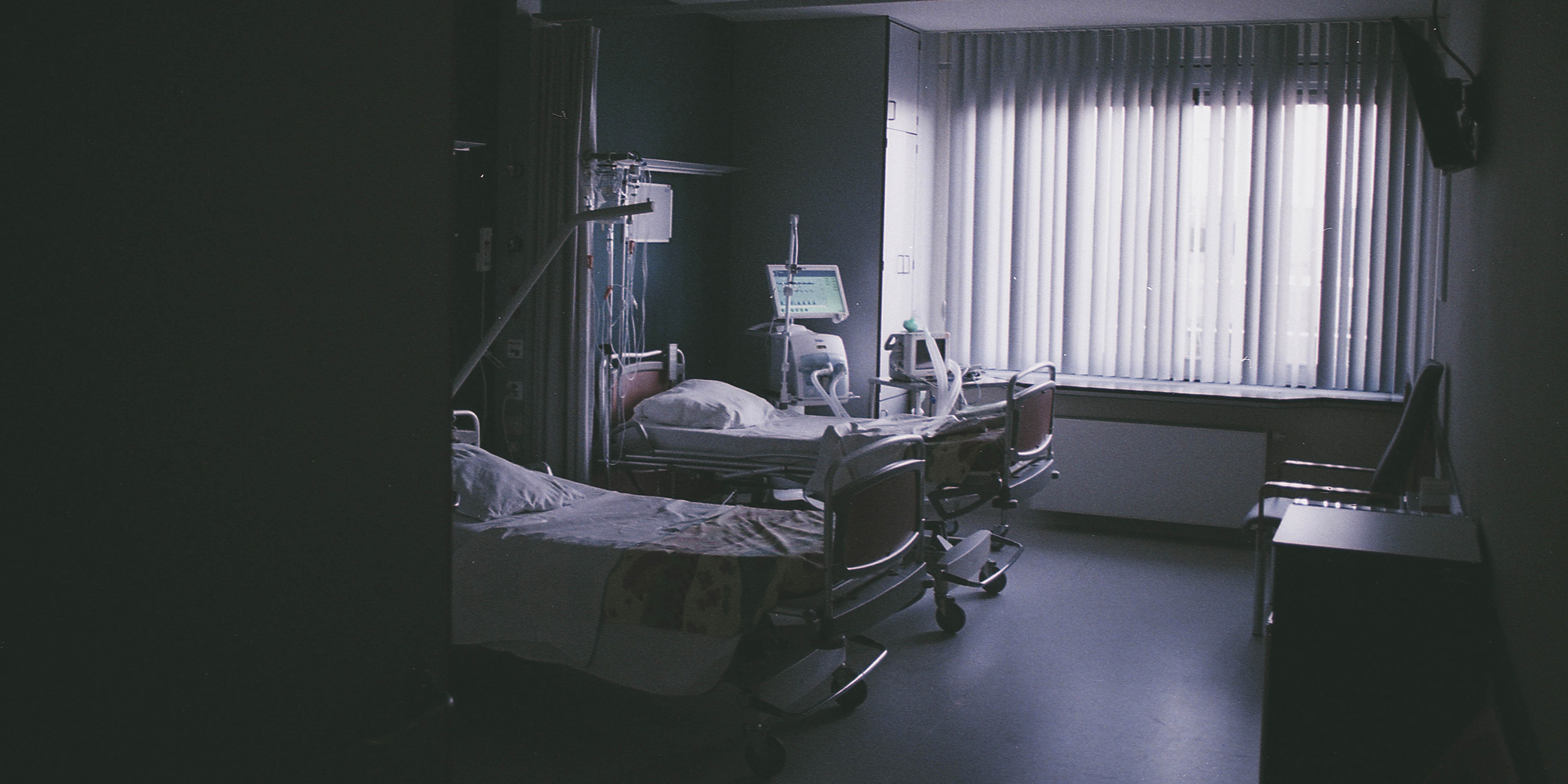Originally published 6 January 1992
Cancer. The Big C. The dread disease.
AIDS has grabbed more headlines in recent years, but cancer retains its primal grip on our imaginations. It is the crab. The devouring monster. The dark homunculus that grows inside, blind to gender, race, age, and class.
Cancer is the music of life gone discordant, a run-amuck disorder of the machinery that animates us. So far, massive efforts on the part of scientists have done little to bring the affliction under control.
As a middle-aged male approaching the age when his father was struck down by a kind of cancer that can run in families, I think of the disease as — as what? As a beaked and winged creature from one of Hieronymus Bosch’s darkest dreams fluttering at my shoulder. Exaggeration? Not at all. Several excellent historical and psychological studies have demonstrated the fierce hold cancer maintains on the human imagination.
The chance that you and I will die in this particularly unpleasant way is growing. Cancer has become the leading cause of death among women in the United States. If present trends continue, by the year 2000 cancer will be the overall leading cause of death.
Progress for medical science
A century ago, the leading cause of death in the United States was influenza and pneumonia. Throughout this century the death rate from that cause has been declining. Fewer people now die from pneumonia than from homicide — a stunning triumph for medical science.
Early in this century heart disease ascended as the leading cause of death, peaking around 1950. Since that time, the death rate from heart disease has been in precipitous decline, mainly due to felicitous changes in lifestyle and better treatment. Meanwhile, the death-rate curve for cancer creeps upward.
It has been just 20 years since President Nixon declared war on cancer [in 1971], in a move that may have been at least partly political. If scientists could split the atom and send men to the moon, said Nixon, they could certainly beat the Big C. All it would take, presumably, was money.
The National Cancer Act of Christmas, 1971, assured scientists of federal support. The war against cancer has since proceeded on all fronts, and has included not a few turf battles, skirmishes, and acts of sabotage among the warriors. Those of us watching from the sidelines have been hard pressed to follow the scientific infighting, labyrinthian politics, and big business of cancer research — but we eagerly await a positive outcome.
A lot has been learned about prevention and treatment. For example, lung cancer is the leading cancer killer, and the connection with smoking has been amply demonstrated. We live, however, in a curious society where the attractions of tobacco are promoted on billboards and full-page magazine ads, while taking a puff of marijuana can land you in jail. Dollars for cancer research are offset by subsidies for tobacco farmers.
Some critics say too much emphasis is put on curing cancer and not enough on prevention, with cigarette smoking being a case in point. But healthy living is not a fail-proof prophylactic, and that is part of cancer’s grim mystique. We all know models of fitness who were struck down by cancer in the prime of their lives. My father was not exactly a model of fitness, but he was a man of moderate habits and a non-smoker. Cancer took him by surprise. Surprise is another part of cancer’s mystique.
Plotting the data
My father was a scientist of sorts, and like President Nixon he believed that if the human mind could split the atom and put men on the moon it could also find a cure for cancer. He turned his mind to that task. For the final 12 weeks of his life, on his sickbed, he marshaled every analytical resource at his disposal. He measured, he timed, he weighed. He plotted data. He calculated. He discovered what seemed to him to be patterns and correlations, and he placed his hope in what he found.
But the thing that was infiltrating his body was no respecter of mere diligence. Nor was my father’s brand of amateur science enough to delay the inevitable outcome. The doctors, purveyors of professional science, humored him. He died with his instruments and notebooks at his side.
Next year’s budget for the National Institutes of Health earmarks more than a billion dollars for cancer research. That’s enough money to supply lots of scientists with instruments and notebooks. But even this apparently uncontroversial bequest from the taxpayer is not without political baggage. President Bush opposes any health bill that does not leave intact the gag rule preventing federally-funded clinics from providing advice about abortion. And a substantial number of appropriated grants will not be awarded until the last day of the 1992 fiscal year — to avoid inflating the deficit during an election year.
Cancer will eventually be brought under control. In the meantime, we deserve better from politicians and cancer researchers than squabbling, infighting, and vested interests. Turf battles, political agendas, and voodoo economics can be disconcerting to those of us who feel the specter at our shoulder.



